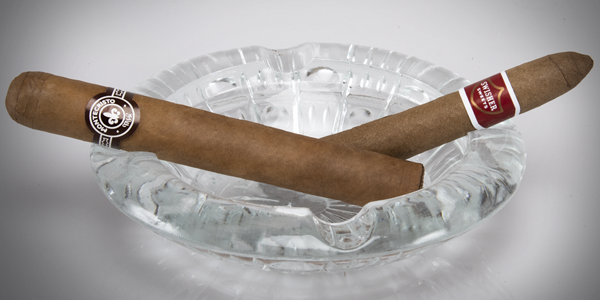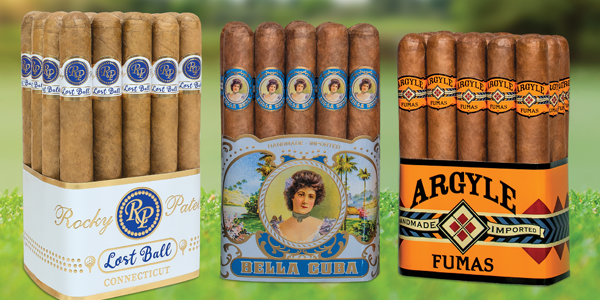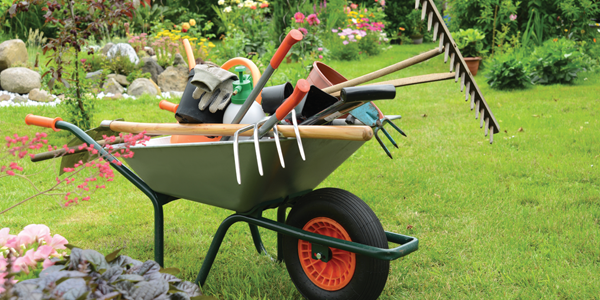Short-Filler Cigars & Tobacco
Of the roughly 15 billion cigars sold in the U.S. annually, only about 450 million are premium cigars, meaning they’re made entirely by hand from premium long-filler tobaccos. The rest are short-filler cigars – cheap, machine-made cigars, often flavored, mass-produced in small formats like cigarettes, and most are sold in convenience stores and gas stations as opposed to premium cigar stores. Popular short-filler cigars include Black & Mild, Backwoods, Phillies Blunt, and Swisher Sweets. Let’s look at short-filler cigars closer to distinguish machine-made and handmade cigars from one another in more detail.
What Is Short-Filler Tobacco?
Short-filler tobaccos are chopped-up scraps of longer leaves. The origin of the tobacco used in short-filler cigars is often unknown or undisclosed, and artificial flavoring can be added to create the sweet taste found in Swisher Sweets and Black & Mild cigars, for example. Short-filler cigars are made by machines in large processing facilities that can produce tens or hundreds of thousands of cigars every day.
Homogenized Tobacco Leaf (HTL)
In lieu of a premium, whole-leaf wrapper, short-filler cigars are typically wrapped in a homogenized tobacco leaf wrapper. The binder is often homogenized leaf too. Homogenized tobacco leaf is a mixture of tobacco scraps and cellulose adhesive which is pressed and processed in sheets that can be cut to fit any cigar size. Homogenized leaf has been around since the 1950s and is never used on premium handmade cigars.
Oscar Hammerstein, Inventor of the First Cigar-Rolling Machine
In the 1880s, theater impresario and inventor Oscar Hammerstein filed the first patents for a cigar-rolling machine. Hammerstein had worked in a cigar factory in New York City to support himself, eventually becoming a cigar roller. Hammerstein’s cigar machine and the numerous patents he filed to perfect its operation resulted in the industrialization of the cigar-making industry. Hammerstein achieved phenomenal wealth. His invention arrived at a time when there were about 42,000 cigar factories in America. Today, there are around 50 for comparison.
As with many cost-saving innovations, the mechanization of cigar-making increased production and lowered prices, but much of the nuance and skill required to produce traditional premium cigars by hand was abandoned. Today’s aficionados make great distinctions between long-filler premiums and short-filler machine-made cigars.
Long-Filler vs. Mixed-Filler vs. Short-Filler Cigars
Top-shelf cigar brands like Ashton, Arturo Fuente, My Father, and Padrón are blended and handmade exclusively from premium long-filler tobaccos. Every leaf of tobacco is aged, sorted, bunched, and rolled by a skilled cigar roller who’s spent years mastering the craft of cigar-making.
Mixed-fillers cigars, also called Cuban-sandwich cigars, make up another category of cigars. Mixed-filler cigars are made from a mixture of premium long-filler tobacco leaves and short-filler components that are finished in a whole-leaf wrapper applied by hand. The short-filler tobaccos used in mixed-filler cigars are derived from the remnants of long-filler tobaccos used to make premium blends. Many inexpensive bundles, yard gars, and value brands are made from mixed-filler tobaccos. Mixed-filler cigars make great everyday smokes you can share with your pals without breaking the bank. Nearly every premium brand produces mixed-filler bundles to repurpose the loose leftover leaves from their premium handmade blends.
Short-filler mass-market cigars are the cheapest cigars you can buy but also the lowest quality. Like cigarette manufacturers, short-filler cigar brands are focused on volume and making their products available to consumers in as many places as possible. Adding flavors to the cigars is simply a way to achieve consumer loyalty and obscure the taste of the low-quality tobaccos sourced for the cigars.
Cutting a Cigar Open
If you’re not sure what a cigar is made of, you can always cut it open. Cutting a cigar open, or unraveling its wrapper leaf, is a good way to find out what it’s made of on the inside. In long-filler cigars, whole tobacco leaves run the entire length of the cigar from head to foot. Every component is assembled by hand, and the leaves exhibit a particular structure. Short-filler tobaccos will basically flake apart and crumble when they’re cut open or unraveled.







